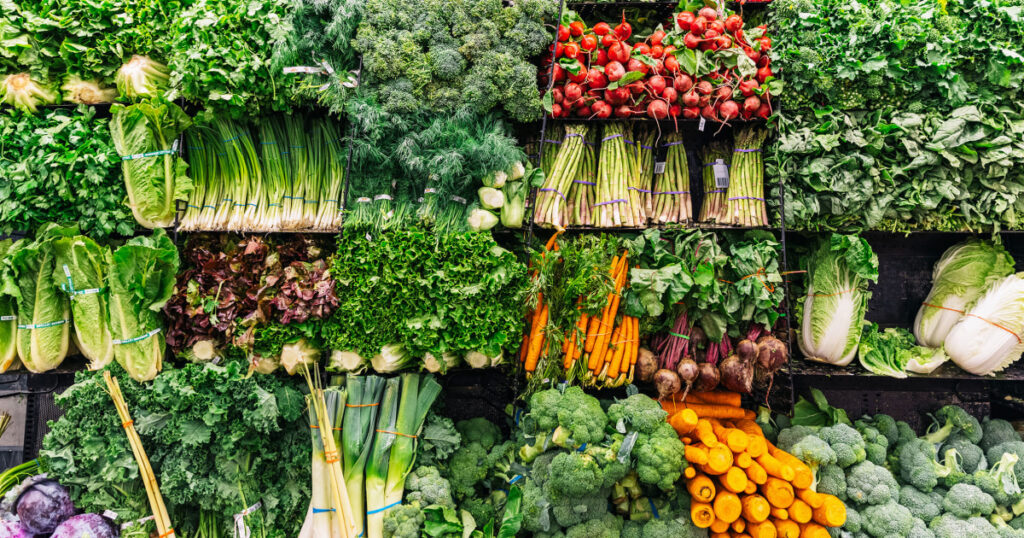Amidst tightening budgets, consumers might soon experience sticker shock in the produce aisle, challenging their efforts to embrace a plant-based diet.
As of July 2025, data from the U.S. Bureau of Labor Statistics revealed a striking 38.9% surge in wholesale prices for domestic fresh and dry vegetables compared to the previous year.
This increase, nearing 40%, marks the most substantial one-month change during a summer month in approximately a century, according to NBC’s Christine Romans, who discussed these developments on TODAY on August 15.
With this significant hike, grocery stores are now faced with the dilemma of either absorbing the extra cost or transferring it to customers.
Here’s the context behind these developments.
Factors Driving Up Vegetable Costs
Several elements are contributing to the escalating cost of domestic vegetables. Unpredictable weather, such as droughts, plays a significant role by disrupting supply chains.
Additionally, labor shortages have exacerbated the issue. Recent efforts by President Donald Trump’s administration to deport undocumented workers have led to heightened anxiety among farm laborers, as previously reported by NBC News.
In June, Trump mentioned to Fox News that there was consideration of halting immigration raids in selected sectors. This statement followed resumed arrests of immigrant workers in agricultural and hospitality sectors earlier in the month, as reported here.
Moreover, as Romans highlighted, tariffs on imported produce also contribute to the increased prices of domestic goods. Further discussion on this is available here.
Are Higher Prices Here to Stay?
Could these elevated vegetable prices be temporary, or are they indicative of a long-term trend? Romans provided her analysis.
“I like to watch a few months of these kinds of numbers to kind of see what direction things are going in. But this is certainly getting a lot of attention because we know that you can look at overall inflation statistics, but people like to look at things that they can touch and feel like eggs or vegetables or something in particular,” she noted.
Vegetables are the latest in a series of grocery items experiencing price hikes, highlighting a larger economic issue.
“This spike is something I think that just reminds people that the cost of living is still issue number one and there are still some significant pressures in terms of the prices we’re paying every day for everyday items. You can’t swap out vegetables. Vegetables are a pretty important part of the menu,” Romans remarked.
Impact on Consumers
Given the thin profit margins in the grocery business, consumers are likely to see higher vegetable prices shortly. While Romans suggested it’s premature to make definitive predictions, customers could notice these changes in the near future.
While numerous grocery chains intend to shoulder the increased costs as much as possible, there’s a threshold beyond which they must transfer expenses to consumers.
This scenario mirrors the rise in beef prices that occurred in July, where ground beef prices climbed to $6.12 per pound, marking a near 12% increase over the previous year. Meanwhile, uncooked beef steaks rose to $11.49 per pound, representing an 8% spike.










